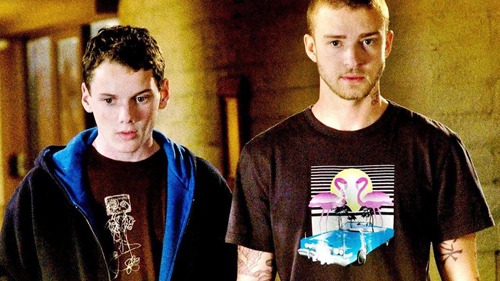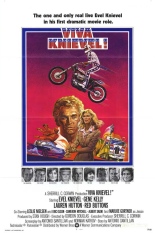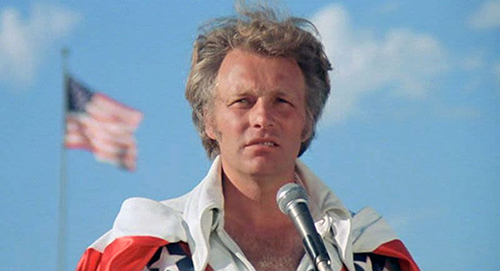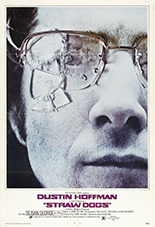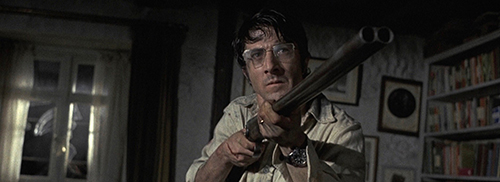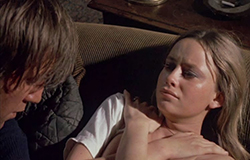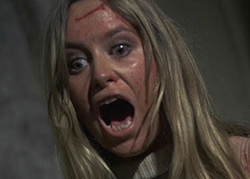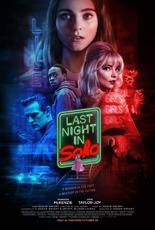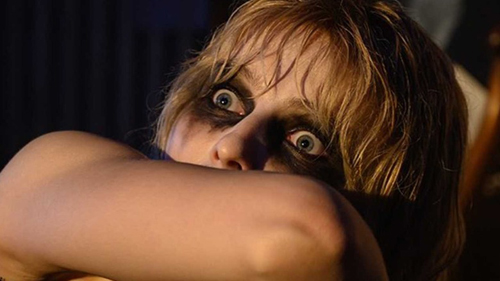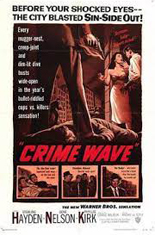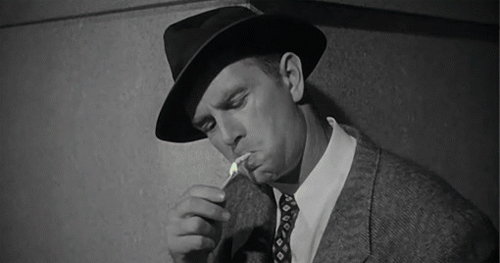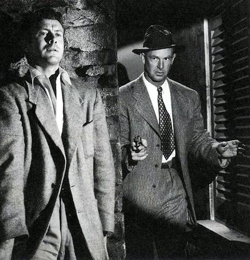
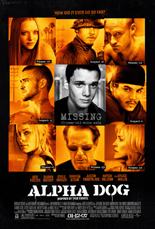 The murder of a 15-year-old boy at the center of Alpha Dog is rendered all the more tragic because it is so totally, utterly senseless. While the teenagers who populate the story fancy themselves as street-smart, they appear to be engaging in make-believe until it is too late – a bunch of self-styled tough guys barreling toward a bloody climax no one is quite smart enough to foresee.
The murder of a 15-year-old boy at the center of Alpha Dog is rendered all the more tragic because it is so totally, utterly senseless. While the teenagers who populate the story fancy themselves as street-smart, they appear to be engaging in make-believe until it is too late – a bunch of self-styled tough guys barreling toward a bloody climax no one is quite smart enough to foresee.
Writer/director Nick Cassavetes fiddles with some names, dates and locations, but essentially Alpha Dog follows a real-life drama that played out in L.A.’s West Hills, late in the summer of 2000. California prosecutors allege that drug dealer Jesse James Hollywood ordered the kidnapping and slaying of 15-year-old Nicholas Markowitz after the boy’s older brother failed to pay a $1,200 debt. Four young men were convicted in the shooting death, but Hollywood, then 20, skipped out of the country and subsequently became one of the youngest people on the FBI’s 10 Most Wanted Fugitives list before his eventual capture.
In the tale’s jump to film, Hollywood becomes Johnny Truelove (Emile Hirsch); Markowitz becomes Zack Mazursky (Anton Yelchin); and Zack’s no-good older brother, the one who gets on Johnny’s bad side, is Jake (Ben Foster). We’ve seen variations of this story many times, of course; delinquent youths and senseless violence have been fueling movies since before Glenn Ford picked up a piece of chalk in The Blackboard Jungle. But Alpha Dog does a tidy job of illustrating characters who feel authentic and defy expectations.
Johnny Truelove is a prime example. Although his suburban home is decked out with high-tech gadgetry and such gangsta accoutrements as a blown-up photo of Al Pacino’s Scarface, the diminutive Johnny is a decidedly confrontation-averse kingpin. As tensions escalate, Jake breaks into Johnny’s home and leaves a turd on the living room carpet. An armed Johnny silently watches the intruder, cowering behind a door. Johnny is far more interested in acting the part of badass than actually being one.
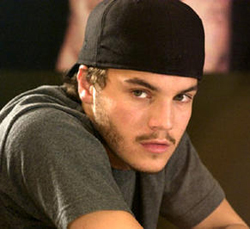 The young cast rises to the occasion. Foster is particularly exciting to watch. With the exception of one ill-conceived fight scene in which he suddenly becomes a cut-rate Jackie Chan, Foster brilliantly evokes volatility and danger. Another notable performance comes from singer Justin Timberlake as Frankie Ballenbacher, one of Johnny’s underlings. No one will confuse Frankie for a tragic character, but he’s the closest Alpha Dog comes to having one – a somewhat dense dude given the duty of watching Zack and who subsequently becomes a substitute big brother for the hostage.
The young cast rises to the occasion. Foster is particularly exciting to watch. With the exception of one ill-conceived fight scene in which he suddenly becomes a cut-rate Jackie Chan, Foster brilliantly evokes volatility and danger. Another notable performance comes from singer Justin Timberlake as Frankie Ballenbacher, one of Johnny’s underlings. No one will confuse Frankie for a tragic character, but he’s the closest Alpha Dog comes to having one – a somewhat dense dude given the duty of watching Zack and who subsequently becomes a substitute big brother for the hostage.
Cassavetes (John Q) enlivens proceedings with directorial flourishes. Some of it works, some not so much. He successfully underscores scenes with an air of fatalism; in one nifty gimmick, Cassavetes employs periodic freeze frames in which written text identifies a character by his or her eventual witness number.
Easily the picture’s strangest inclusion is a scenery-chewing Sharon Stone as Zack’s mother. Like the fat suit in which she’s ensconced, the performance is shameless and bloated – and particularly gross when you consider that the mother of the real-life murder victim reportedly attempted suicide after Alpha Dog’s theatrical release. —Phil Bacharach

